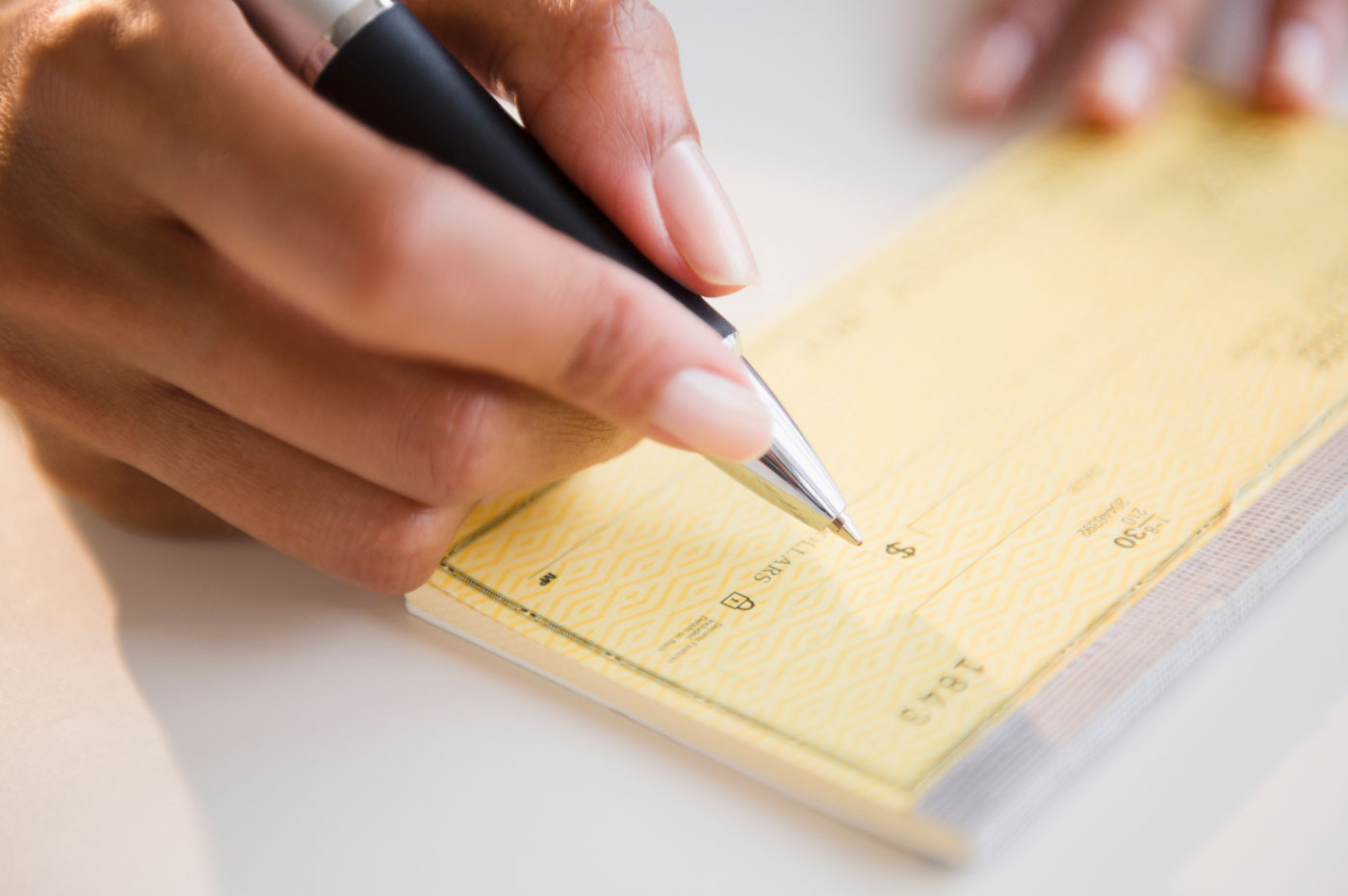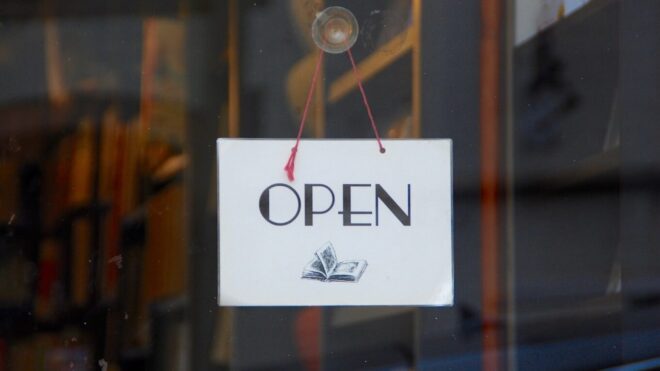All across the country, paper checks are on the decline. Back in 2000, paper checks were used in 42.6 billion transactions. In 2018, that number significantly dropped to 14.5 billion.1
According to some estimates, businesses lose anywhere from $4 to $20 to cut, mail, and process each paper check within its network.2 Surprisingly, though, 50 percent of businesses still use paper checks as their primary method of payment. According to the Federal Reserve Bank of Philadelphia, paper checks are predicted to become obsolete by 2026.3
Given the advantages of electronic bill payment, why are paper checks still so common for businesses?
Why are paper checks still so popular?
There are a few reasons to explain why many American businesses still cling to paper-based payment systems, including:
1. Familiarity
They already know that paper checks work. There is nothing to change or learn. It’s business as usual.
2. Universality
Pretty much every business that accepts e-payments also accepts paper checks. Unfortunately, the reverse isn’t always true. Although your company might accept both, there’s no guarantee that all of your upstream and downstream suppliers offer paperless invoicing.
3. “Perceived” Budget
For some businesses, e-payment options sound too good to be true. They don’t believe they’re large or established enough to qualify for a payment system that offers such unparalleled convenience. Regardless of company size, e-payments and direct deposit are money-savers (and profit-boosters).
Does your company still use or accept paper checks?
While paper checks continue to be a tried and true method of payment acceptance, e-payments can help your company:
- Reduce costs (as much as $20 per check)
- Save time (allowing your employees to focus on activities that add more value)
- Enhance your “green” initiative (reducing your carbon footprint is an important component of corporate social responsibility)
But if you’re hesitant about abandoning paper checks for the reasons outlined above, you might consider introducing e-payments slowly over time. Start small, measure the results, and decide whether it makes sense to keep phasing out paper checks.
Ready to learn more?
If you’re looking for other ways to save money and grow your business, connect with a representative today.
1 “The 2019 Federal Reserve Payments Study,” Federal Reserve
2 “The Real Cost of Sending Paper Checks for Your Business,” Checkeeper, 17 December 2018
3 “50% of Businesses Still Use Paper Checks – But They Won’t for Long,” CPA Practice Advisor, 6 November 2017






